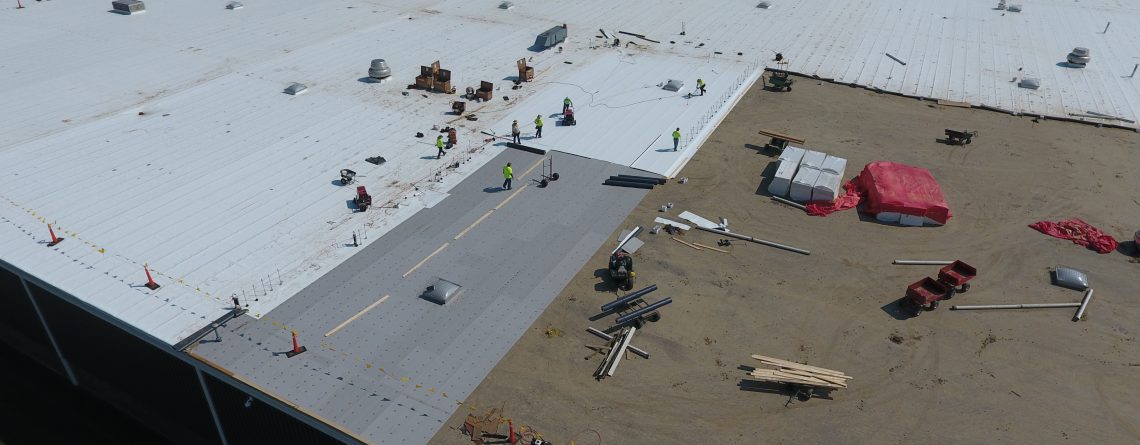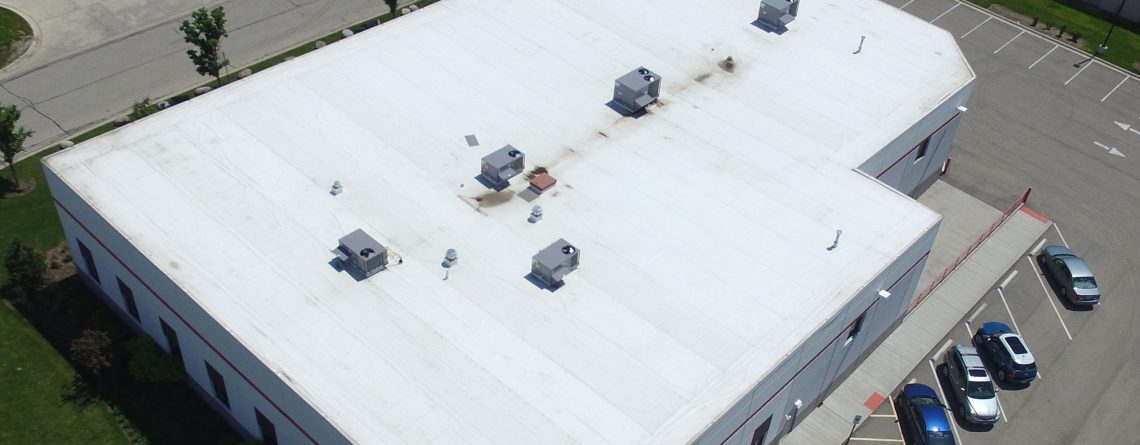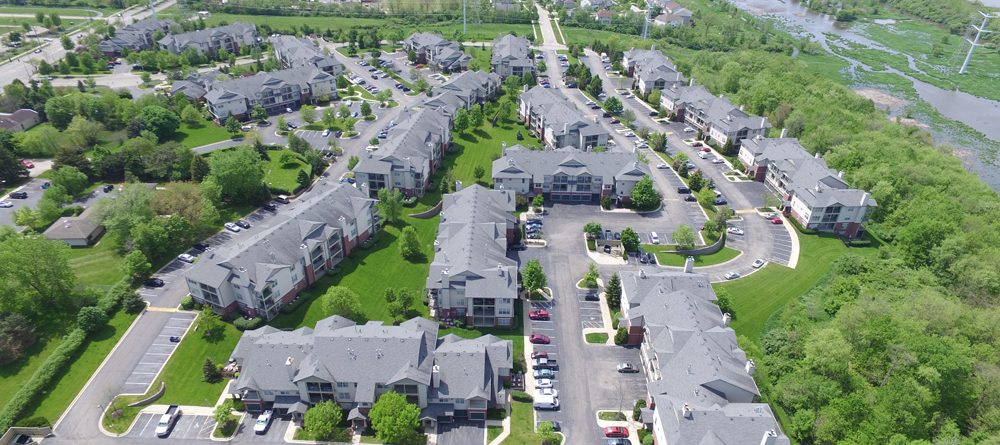Roof Safety
BASIC PRACTICAL RULES FOR ROOF SAFETY
If it looks unsafe it probably is unsafe. I don't know how many times we have been on job sites to see obvious glaring violations. The worst is when the owner comes on the roof and they can tell the violations without knowing the violations. Point being make sure your roof projects look safe! One final note here, if your job site looks crappy even though you are safe, it gives the appearance of being unsafe. Let's keep job sites cleaned up.
Roof safety should be taught and caught. Don't get caught in the trap of, well we didn't have many accidents last year so let's skimp on safety this year. It always works out bad. Having Drone Infrared Imaging capture pictures and video from your projects to use in the roof safety class room is priceless. Not only to point out the things that need correcting but hopefully to point out perfectly staged job sites.
When safety equipment looks old, it looks unsafe. Yes I know some of us are conservative and we like to use things until it dies but let's try to stay clear of doing that regarding safety.
AN OUNCE OF PREVENTION..
An ounce of prevention is worth a pound of cure. A little precaution before a crisis occurs is preferable to a lot of fixing up afterward. Roof safety can prevent a lot of personal injuries. It can also prevent the ultimate tragedy which is loss of life. Workman's compensation claims can cost a tremendous amount of money and can drag on for years. If there is time given in the class room with pictures from Drone Infrared Imaging, that's a great start. After that having tool box talks with your guys on a weekly basis. One more thing, your foreman should be very safety conscious and as a result should hold all the guys under his care to a high standard of safety. BE SAFE!



